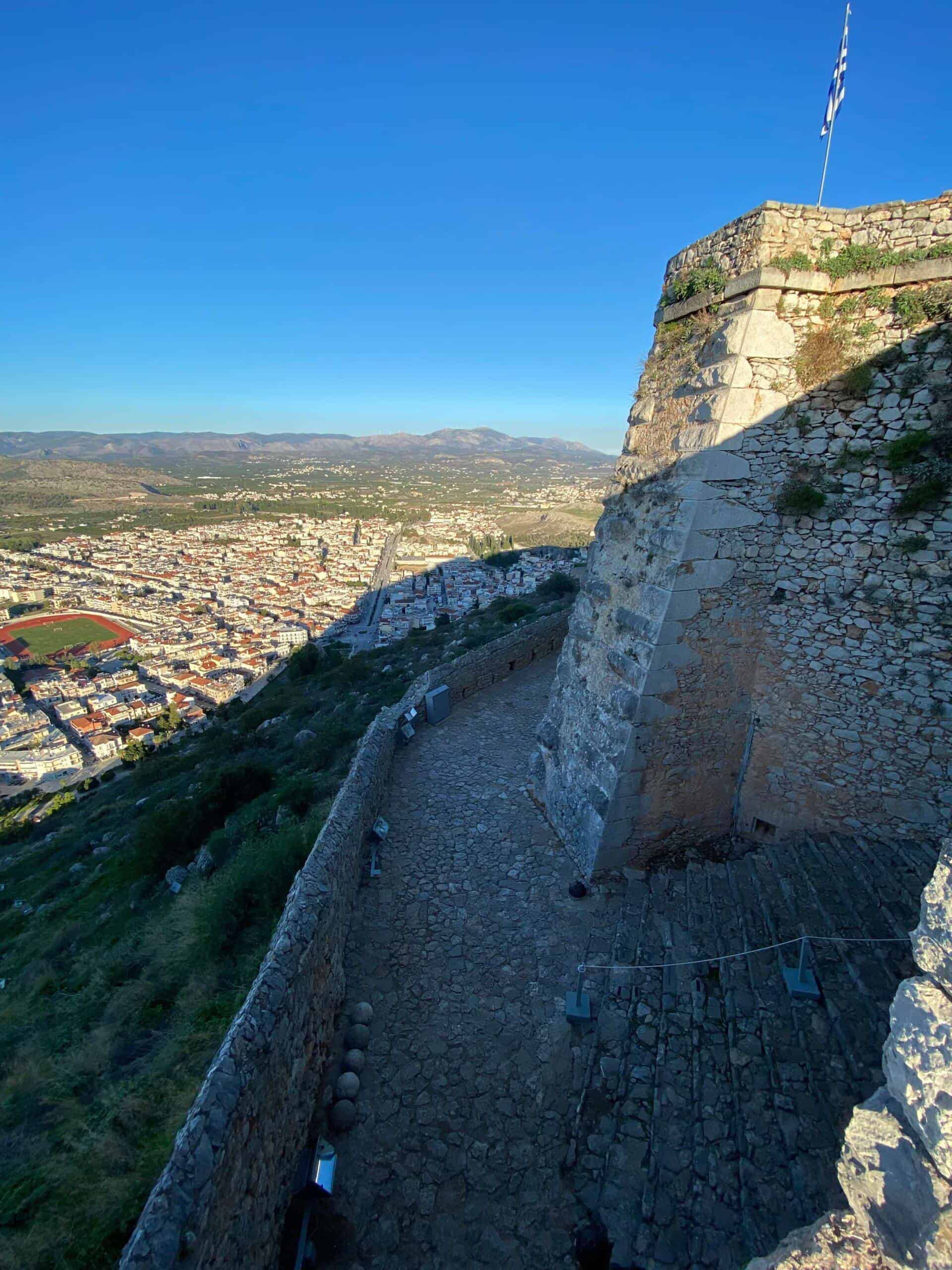Hunting complimentary array Kri Kri ibex in Greece

Searching for Kri Kri ibex in Greece is an outstanding hunting expedition as well as superb holiday done in one. Ibex searching is normally a severe experience, yet not in this situation! Dive to shipwrecks as well as spearfishing in ancient Greece, or enjoy ibex hunting in an exotic locale are simply a few of the important things you may do throughout a week long ibex searching excursion in Greece. Can you think of anything else?

Because it is not established, the number of Ibexes rises and fall with the populace. The Ibexes of the Cretan Ibex breed Kri-Kri is the smallest ibex in regards to body weight, but not horn length (Capra Aegagrus Cretica). A couple of specimens that went uncounted measured 115 centimeters (45 inches). The gold trophy is 61 centimeters (24 inches) long. The Kri-Kri ibex is pursued in Greece at this time. Searching is readily available on Atalanti as well as Sapientza. Hunting is allowed on Atalanti from the last week of October to the very first week of December. Hunting is permitted on Sapientza for the entire month of November, depending on climate condition.
What to Expect on a Peloponnese Tour? When you book among our hunting as well as touring Peloponnese Tours from Methoni, you can expect to be blown away by the natural charm of the area. From the beautiful beaches to the forests as well as mountains, there is something for every person to appreciate in the Peloponnese. On top of that, you will have the possibility to taste several of the very best food that Greece has to provide. Greek cuisine is renowned for being fresh and tasty, and you will absolutely not be disappointed. Among the best parts about our tours is that they are created to be both enjoyable as well as instructional. You will learn about Greek history and also society while also getting to experience it firsthand. This is a fantastic possibility to immerse yourself in everything that Greece has to offer.
Look no further than the Sapientza island in Greece if you are looking for Kri Kri ibex hunt and also memorable getaway location. With its spectacular natural beauty, scrumptious food, and abundant culture, you will certainly not be disappointed. Schedule among our hunting and touring Peloponnese Tours from Methoni today, dot neglect your prize Kri Kri ibex!
What is the diference between Kri Kri ibex, Bezoar ibex and hybrid ibex
The kri-kri is not thought to be indigenous to Crete, most likely having been imported to the island during the time of the Minoan civilization. Nevertheless, it is found nowhere else and is therefore endemic to Crete. It was common throughout the Aegean but the peaks of the 8,000 ft (2,400 m) White Mountains of Western Crete are their last strongholds–particularly a series of almost vertical 3,000 ft (900 m) cliffs called ‘the Untrodden’—at the head of the Samaria Gorge. This mountain range, which hosts another 14 endemic animal species, is protected as a UNESCO Biosphere Reserve. In total, their range extends to the White Mountains, the Samaria National Forest and the islets of Dia, Thodorou, and Agii Pandes.
This Ibex is NOT a diminutive form of the Bezoar Ibex, which has migrated into the western-most reach of the range of this species. The kri – kri (Capra aegagrus cretica), sometimes called the Cretan goat, Agrimi, or Cretan Ibex, is a feral goat inhabiting the Eastern Mediterranean, previously considered a subspecies of wild goat. The kri-kri has a light brownish coat with a darker band around its neck. It has two horns that sweep back from the head. In the wild they are shy and avoid tourists, resting during the day. The animal can leap some distance or climb seemingly sheer cliffs.
“The agrimi goat Capra aegagrus cretica is unique to Crete and its offshore islands. It has been identi®ed as a sub-species of the wild bezoar goat Capra aegagrus aegagrus Erxleben, 1777, which it closely resembles in horn shape, body form and coloration. This classi®cation has been disputed by some researchers who claim that the agrimi are feral goats, derived from early domestic stock brought to the island by the ®rst Neolithic settlers. In order to clarify this issue, DNA analyses (cytochrome b and D loop sequences) were carried out on tissue of live and skeletonized agrimi and compared to sequences of wild and domestic caprines. Results conclusively show the agrimi to be a feral animal, that clades with domestic goats (Capra hircus) rather than with wild Asiatic bezoar. This study demonstrates that morphometric criteria do not necessarily re¯ect genetic af®nities, and that the taxonomic classi®cation of agrimi should be revised.”